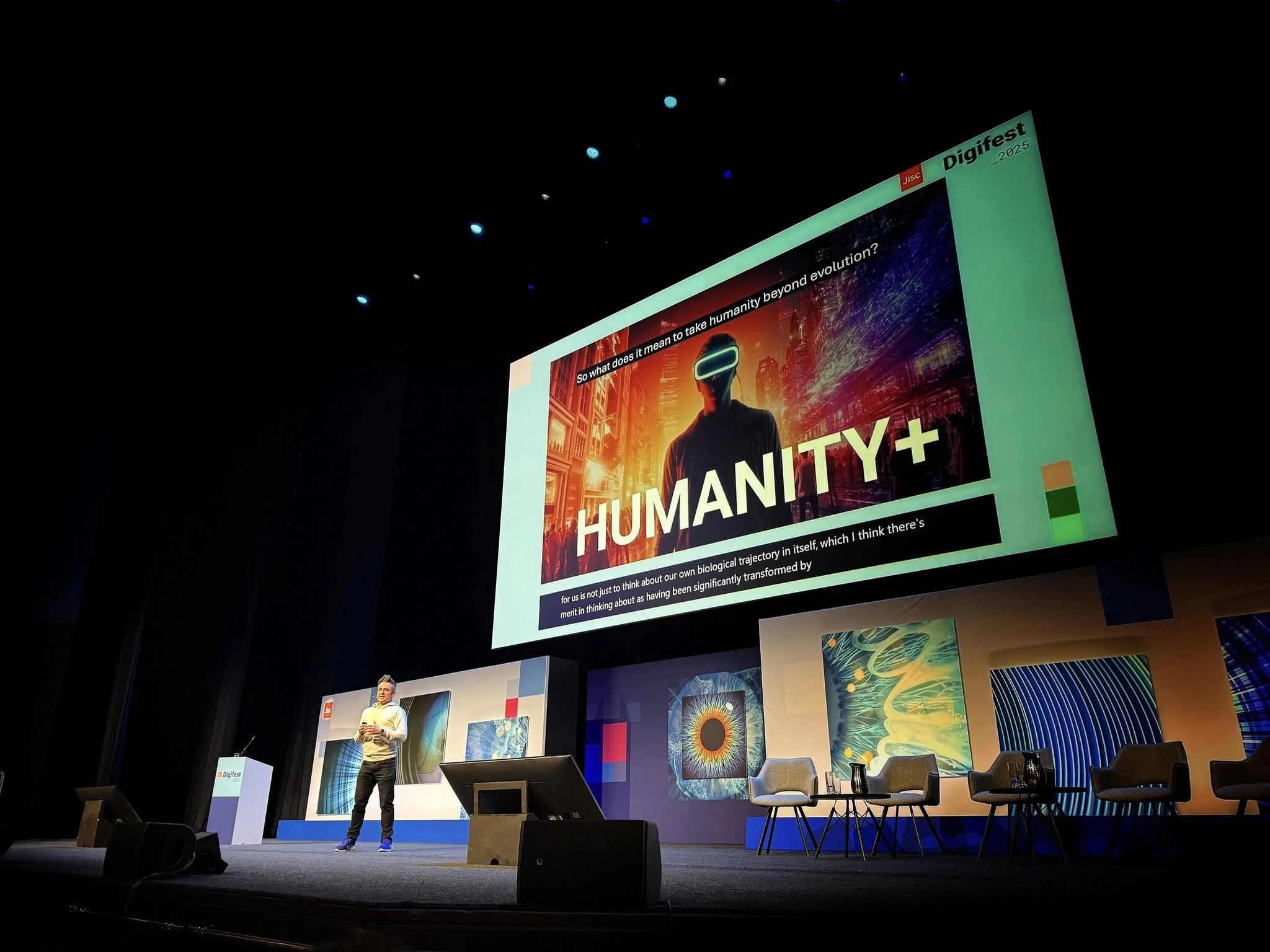
Make it stand out
What’s been happening?
ArtFutura (2008, Oct 25)
La Fura Dels Baus
Yann Marussich @ FACT with Blue Remix (20008, February)
International Astronautical Congress (Glasgow, 2008)
Less Remote (Glasgow, 2008)
Andy Miah at the Liverpool Biennial Launch Weekend
The ReacTable
etoy.CORPORATION presents Mission Eternity
Human Futures: Art in an Age of Uncertainty
Andy Miah @ Beijing 2008 Olympics
Norman Foster
Beijing 2008 Olympic Summer Games

